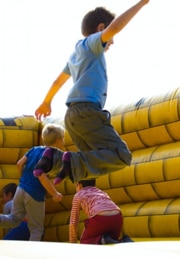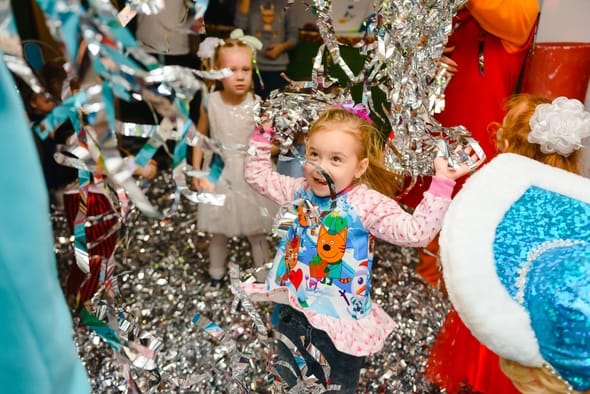Online Summer Safety Tips for Kids
School’s out, and that means your kids have lots of time free to spend online chatting, making plans with friends, and posting fun summertime photos—sometimes without you there to supervise. If that gives you anxiety, fear not. Here are four steps that will keep keep your child safe online this summer.
Set Rules for Responsible Use
Sit down with your children and talk frankly about why you care about their internet safety, covering big topics like cyberbullying or identity theft in a way that matches their maturity level. Then work together to define clear, understandable rules for their online interactions. Here are a few basics to consider:
- Never post personal info like addresses and phone numbers on social media.
- Avoid location check-ins and photo geo-tagging, which can be used to track where you are as well as when you are away from home.
- Be wary of free games and other goodies, which can infect your devices with malware. Keep security software up to date and scan everything before downloading.
- Use secure passwords and protect them. There are several password managers out there that can generate strong passwords and store them all in one place.
Once you’ve agreed upon the ground rules for online safety, put them into a contract to be signed by everyone in the family.
Follow Your Own Rules
This is an important follow-up to the previous rule. You want your kids not to text or go online after 10 p.m.? Shut down your phone and laptop at the same time.
Don’t want them posting embarrassing photos of you? Let them veto pictures they may not be happy with you sharing on social media, too.
If you can adhere to the rules you and your kids built together, they will feel more inclined to do so as well.
Build Your Child’s Critical Thinking Skills
In a world abounding with fake news, help your kids think critically about any content they find online. Encourage older kids especially to fact-check stories before reposting on Facebook or commenting on Twitter.
Teach them to question their own motives as well. Just because a comment will generate a lot of likes, that doesn’t mean they should post it. Even one poorly chosen post can cause problems down the line.
The Family Online Safety Institute has also developed a checklist that includes reminders to remove and untag unwanted posts, and to “accentuate the positive” by posting upbeat content.
Let Your Kids Know You Will Still Monitor Online Usage
Finally, let your kids know that you may occasionally check up on their activity. Being upfront about your plans to look at their browser history and monitor their accounts will establish a sense of trust and keep them accountable.
Also, consider working with them to limit their time spend on social media during the many free hours that come with having a long school break.
For young kids who need a bit more oversight, there are plenty of helpful apps available to let you keep an eye on them.
Older kids and teens may not need (or want) as much monitoring, so for them, you may be able to check in less often. To really emphasize trust, you can even ask them to put their passwords into a piggy bank for use only in an emergency.
The internet can be a great resource for helping kids learn and be social during their school-free summer months, and following the steps listed here will help them do so smartly, responsibly, and safely.









